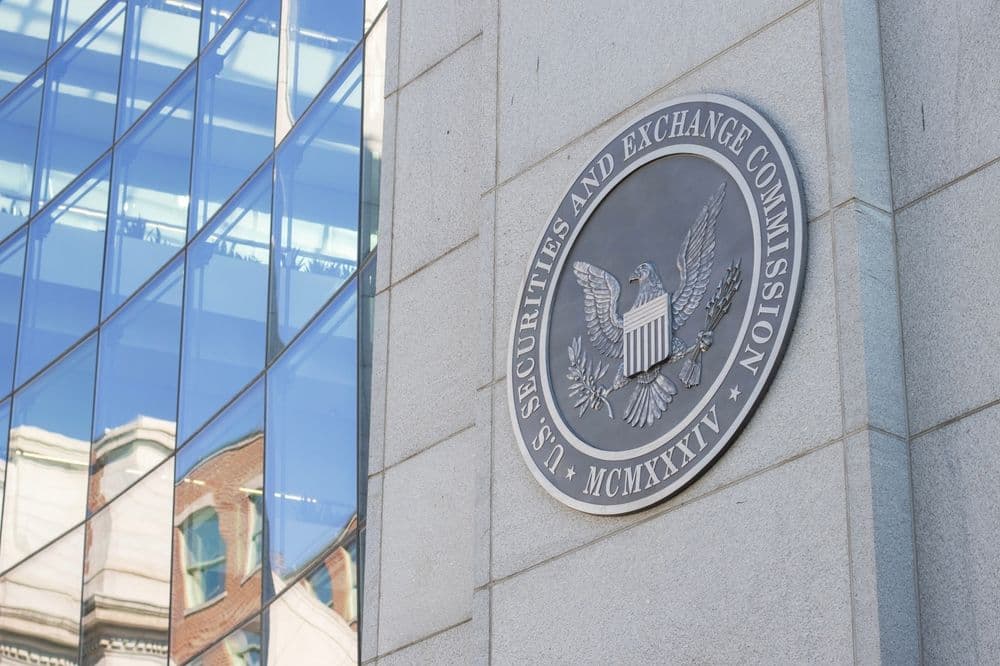 Hacken said a key leak during its bridge upgrade exposed a minting role on Ethereum and BNB Chain, leading to the exploit despite the upgrade aiming to boost security. (Sashkin/Shutterstock)
Hacken said a key leak during its bridge upgrade exposed a minting role on Ethereum and BNB Chain, leading to the exploit despite the upgrade aiming to boost security. (Sashkin/Shutterstock)A private key of an account with a minter role (ETH & BNB) was compromised, leading to unauthorized HAI minting and a dump on BSC DEXs.
— Hacken🇺🇦 (@hackenclub) June 21, 2025
One big misconception: the deployer wallet was NOT compromised. That’s exactly what let us revoke the compromised minters from the $HAI…
Hacken traced the breach to a private key leak during the ongoing migration of its cross-chain bridge infrastructure. The compromised key had been assigned minting authority on both Ethereum and BNB Chain, a role embedded in smart contracts involved in the bridge upgrade. Although the architectural overhaul was designed to enhance long-term security, it inadvertently left a key vulnerable during deployment.
As a containment measure, Hacken paused all bridge transactions across Ethereum and BNB Chain. The team also publicly warned users about scam messages promoting fake airdrops or bridge transfers, emphasizing that no legitimate campaigns were taking place during this period.
In a candid statement following the exploit, Dyma Budorin, CEO of Hacken, took personal responsibility and outlined key takeaways, the company’s recovery plan, and the future of the HAI token:
1. Responsibility is on me. I didn't implement multisig bridge ifra 5 years ago. I understood the risk, but delayed bridge restructuring due to not unimportant reasons
— Dyma Budorin 🇺🇦 (@buda_kyiv) June 22, 2025
2. This incident has nothing to do with the main business. Our experts are the best in the field
3. The most…
In response to the breach, Hacken is fast-tracking its previously planned conversion of HAI into a regulated security token. While details are forthcoming, the new token model is expected to align holders with equity-like rights under a compliant legal framework, potentially governed by EU or Liechtenstein-based digital asset laws. Instructions for the token swap or redemption mechanism will be announced in the coming weeks.
Private key leaks and administrative control failures are estimated to be responsible for nearly $2 billion in damages across 2023 and 2024. This highlights the urgent need for secure key management practices across DeFi, bridges, and token ecosystems.
Private keys function as master credentials in blockchain systems, granting full control over minting, transfers, or protocol-level permissions. If compromised, a single exposed key can undermine even the most carefully designed protocol.
Security professionals recommend a combination of best practices: multi-signature wallets, hardware security modules (HSMs), offline encrypted backups, and real-time monitoring of privileged accounts. Despite widespread awareness, vulnerabilities still arise, especially during code migrations, contract upgrades, or when critical roles are not fully audited.
In Hacken’s case, the bridge upgrade inadvertently introduced a key that was not properly revoked or secured an oversight that enabled the attacker to mint unrestricted quantities of HAI.
In the aftermath of the breach, Hacken immediately deactivated the compromised minting account to prevent further unauthorized issuance. Bridge operations across Ethereum and BNB Chain were also suspended pending a full security audit and remediation plan.
The company issued a public advisory, alerting its community to ignore any fraudulent claims involving airdrops or bridge activity. These were classified as phishing scams attempting to capitalize on the confusion following the exploit.
Strategically, Hacken has accelerated the development of its regulated token model, which will offer legal protections and likely fall under recognized financial oversight. Tokenholders will soon be able to convert legacy HAI holdings into the new format, which may include equity or governance rights.
Finally, Hacken has committed to implementing stricter private key access controls, improving its contract migration procedures, and engaging independent security audits for future protocol changes.
Hacken’s exploit serves as a harsh reminder that no project is immune to human error or mismanaged credentials, even one specializing in cybersecurity. As blockchain projects increasingly rely on cross-chain bridges, token issuance, and automated smart contracts, secure key handling must become an uncompromising priority.
The broader Web3 community should take this incident as a signal to review:
how private keys are stored and rotated,
whether minting and admin roles require multi-signature safeguards,
and whether protocols are resilient against key loss during system upgrades.
The Hacken breach illustrates how a single point of failure, a leaked private key, can lead to a $250,000 exploit and near-total token collapse. While the firm acted swiftly to contain damage and communicate transparently, the event underscores a broader industry vulnerability. As Hacken moves toward a more regulated token future, the incident may serve as a turning point, not just for its community, but for how the blockchain sector approaches access control and protocol security.

MoonPay backs Zengo in exclusive deal

Wormhole launches “Sunrise” to bring MON to Solana

Japan weighs crypto as financial instruments

SEC signals crypto shift with “Project Crypto”